Address : 1071 Fifth Avenue at 89th Street, NYC
Telephone: (212) 423-3500
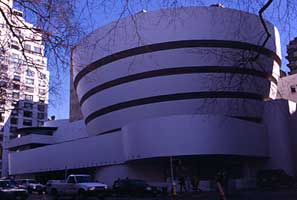
|
Solomon R. Guggenheim Museum
Address : 1071 Fifth Avenue at 89th Street, NYC Telephone: (212) 423-3500
|
|
Admission and Museum Hours
Admission is $12 for adults and $7 for students and seniors. Tickets are available at the museum or in advance through www.ticketweb.com. The museum is open Sunday to Wednesday, 9 a.m. to 6 p.m., and Friday and Saturday, 9 a.m. to 8 p.m. The museum is closed on Thursday.
AMAZONS OF THE AVANT-GARDE:
ALEXANDRA EXTER, NATALIA GONCHAROVA, LIUBOV POPVA, OLGA ROZANOVA, VARVARA STEPANOVA, AND NADEZHDA UDALTSOVA OPENS AT THE SOLOMON R. GUGGENHEIM MUSEUM IN SEPTEMBER

Nadezhda Udalsova
At the Piano, 1914-1915
Oil on canvas
107 x 89 cm
Yale University Art Gallery
Gift of Collection Societe Anonyme
Exhibition Will Feature Works by Six Russian Women Masters of Early Twentieth-Century Art; Many Pieces Never Before Seen in U.S.
From September 8, 2000, to January 7,2001, the Solomon R. Guggenheim Museum will present Amazons of the Avant-Garde, an exhibition featuring the work of six Russian women who, in the first quarter of the twentieth century, made significant contributions to the development of modern art: Alexandra Exter, Natalia Goncharova, Libbov Popova, Olaga Rozanova, Vorvara Stepanova, and Nadezhda Udaltsova. The exhibition will feature more than 70 paintings and works on paper, which have been drawn from more than 30 public and private collections, including 16 Russian regional museums. Many of these works are being shown for the first time in the United States.
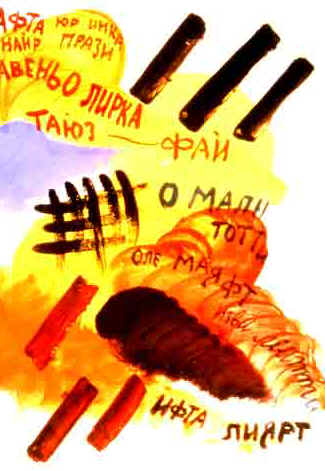
Varvara Stepanova
Illustration for poem "Riny khomle,"1918
Watercolor on paper
23.3 x 17.7 cm
Private Collection
This exhibition is made possible by Deutche Bank
"The Guggenheim Museum has an illustrious history in collecting and presenting the art of the Russian avant-garde," said Thomas Krens, Director of the Solomon R. Guggenheim Foundation. "This exhibition brings together some of the most distinguished masterpieces of the period and offers a fresh and insightful approach to the subject. We are grateful to Deutsche Bank for its unwavering support of this project, as well as its sponsorship; of the exhibition's international tour."
"Deutsche Bank has had a long involvement with the art and culture of Russia," said Dr. Rolf-E Breuer, Chairman of Deutsche Bank. "With this exhibition, we are proud to be able to present the innovative achievements of the Russian avant-garde in a new and exciting light. This is work of the highest order, for it provides not only pleasure but intellectual stimulation."
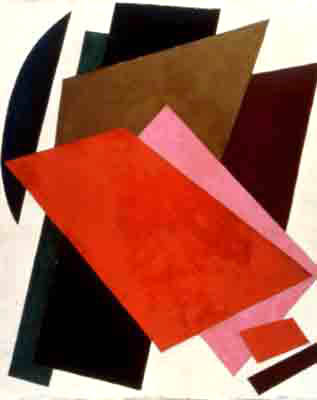
Liubov Popova
Pinterly Architectonics, 1917
Oil on canvas
107 x 88 cm
Krassnoda District Kovalenko Art Museum
While the remarkable aesthetic achievements of the early twentieth-century Russian avant-garde have been well-documented in recent years, one essential component still remains to be recognized: the unprecedented number of women artists actively involved in the movement. Never before in the history of Western art had women played so vital a role in the formation of a radical cultural cultural entries, one that redefined traditional aesthetic values and remapped age-old divisions between art and life. The six artists featured in these exhibition all shared what one of them, Olga Rozanova, described as a drive to discover wholly "new bases of artistic creation." In so doing, each developed an original, independent style that broke new ground in the fine and applied arts.
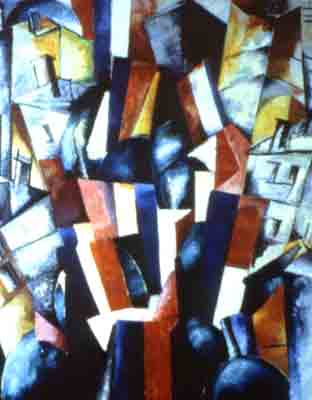
Alexandra Exter
City,1913
Oil on canvas
88.5 x 70.5 cm
Regional Picture Gallery Vologda
Structured around surveys of each of the artists' discrete but related oeuvres, the exhibition will trace the evolution of modern Russian art. The art of the Russian avant-garde flourished form the turn of the century through the mid-1930s and was one of the most vital and prolific chapters in the history of modern art. The range of invention and artistic practices represented by the different movements and schools that emerged under its aegis remains unparalleled today. Russian art of the early twentieth century was informed both by an assimilation of European vanguard ideas such as Dada, Futurism, and Cubism and by indigenous traditions such as folk and primitive art. Moreover, Russian modernism was inherently non-hierarchical, with many artists exploring ideas in painting at the same time they were involved with for the applied arts, theater, film, fashion, and the graphic arts.
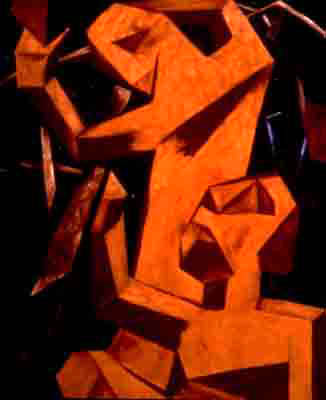
Natala Goneharova
Peasants Gathering Grapes, 1912
Oil on canvas
145 x 130 cm
State Art Museum of Bashkkortostan, Ufa
Exter, Goncharova, Popova, Rozanova, Stepnova, and Udaltsova rarely formulated or championed particular social and political ideologies. Just as the Russian avant-garde was a collection of disparate styles and viewpoints, these artists were of different philosophical schools and had different social aspirations and aesthetic convictions. What united them was their support for the idea of cultural renewal and their rejection of what they considered to be outmoded aesthetic canons.
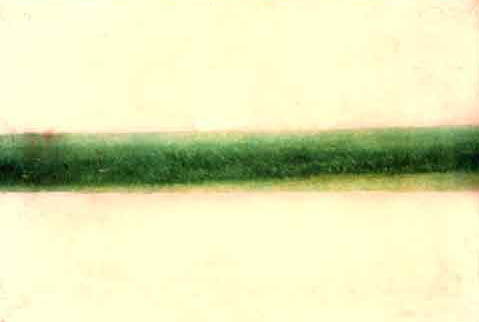
Olga Rozanoba
Green Stripe (Color Painting), 1917
Oil on canvas
71.5 x 49 cm
Rostov Kremlin State Museum Preserve